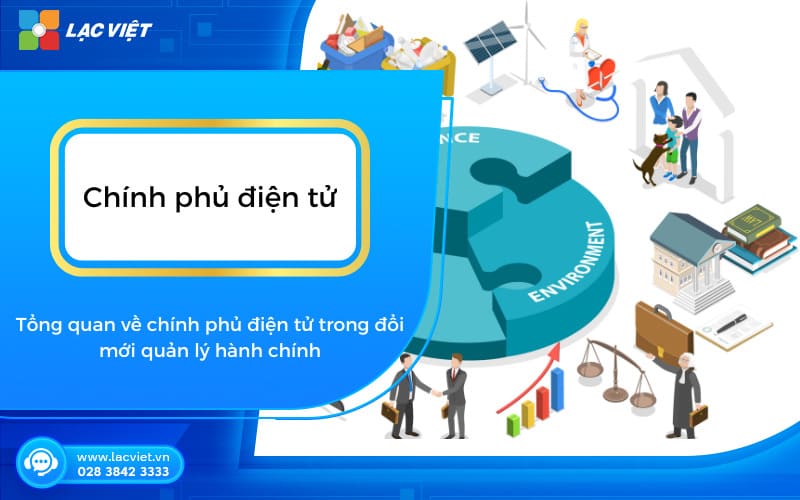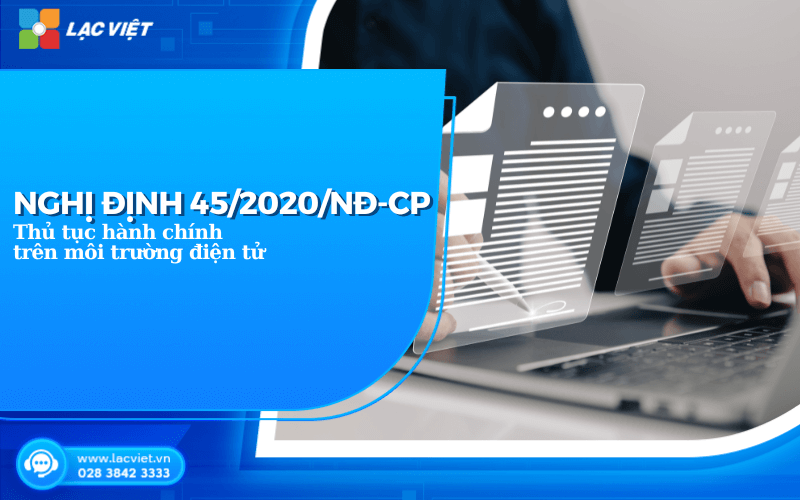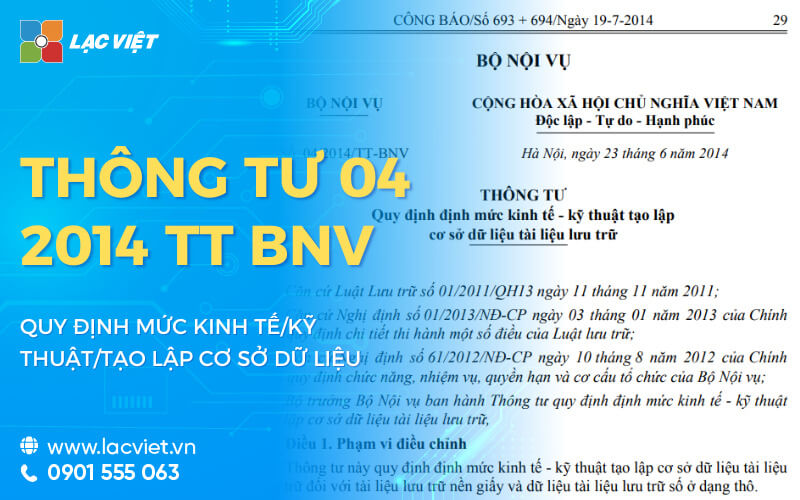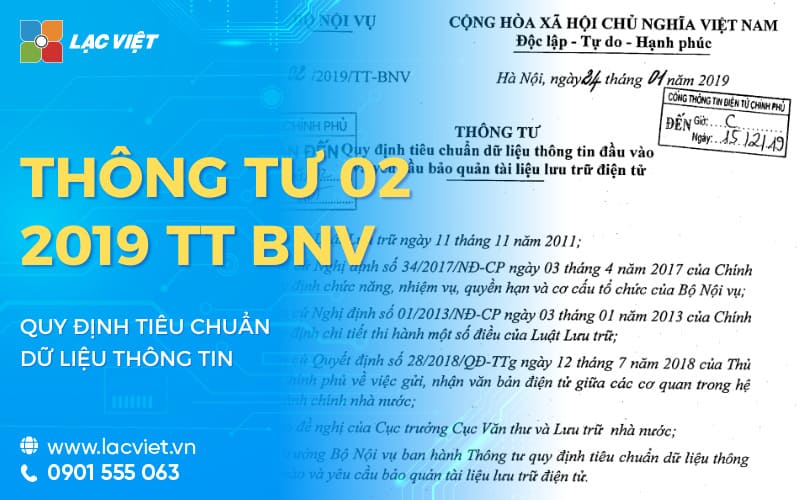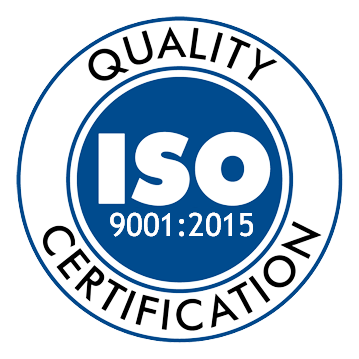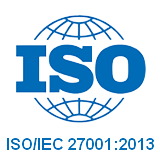On the path of modernization, optimization of administrative procedures, the concept of “e-government” are becoming popular and more necessary than ever. It not only brings efficiency, transparency for the individual/business that helps save costs. The article below Lac Viet Computing will share the concept and the benefits that it brings.
1. Definition of e-government is what?
E-government (Electronic government) is defined as 1 number of organizations in the world are as follows:
- Theo ngân hàng thế giới (World Bank): Là việc các cơ quan chính phủ sử dụng một cách có hệ thống CNTT-TT để thực hiện quan hệ với công dân, doanh nghiệp và các tổ chức xã hội. Nhờ đó các giao dịch của cơ quan chính phủ với công dân và các tổ chức được cải thiện, nâng cao chất lượng. Lợi ích thu được sẽ giảm thiểu tham nhũng, tăng cường sự minh bạch công khai, tiện lợi góp phần thúc đẩy tăng trưởng và giảm chi phí.
- Theo Liên Hợp Quốc: Là việc sử dụng internet và mạng toàn cầu (world-wide-web) để cung cấp thông tin và các dịch vụ của chính phủ tới công dân.
- Theo Tổ chức đối thoại doanh nghiệp toàn cầu về thương mại điện tử thì chính phủ điện tử là một trạng thái trong đó các cơ quan hành pháp, lập pháp và tư pháp (bao gồm cả chính quyền trung ương và chính quyền địa phương) số hóa các hoạt động bên trong và bên ngoài của họ và lắp đặt hệ thống mạng để có được chất lượng tốt hơn trong việc cung cấp các dịch vụ công.
- Theo Gartner: Là sự tối ưu hóa liên tục của việc cung cấp dịch vụ, sự tham gia bầu cử và quản lí bằng cách thay đổi các quan hệ bên trong và bên ngoài thông qua công nghệ, Internet và các phương tiện mới.
- Theo Nhóm nghiên cứu trong một thế giới phát triển thì Electronic government là việc sử dụng công nghệ thông tin và truyền thông để thúc đẩy chính phủ một cách hiệu lực và hiệu quả, hỗ trợ truy cập tới các dịch vụ của chính phủ, cho phép truy cập nhiều hơn vào thông tin và làm cho chính phủ có trách nhiệm với công dân. Electronic government có thể bao gồm việc cung cấp các dịch vụ qua Internet, điện thoại, các trung tâm cộng đồng, các thiết bị không dây hoặc các hệ thống liên lạc khác
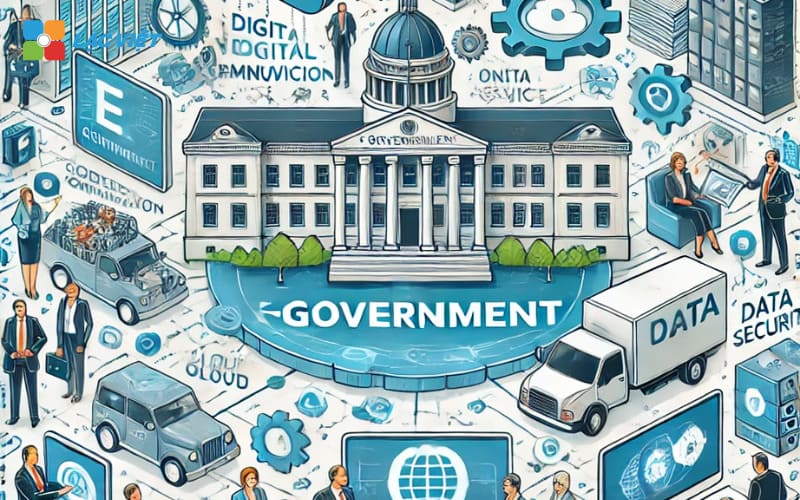
2. The stage of development of e-government Vietnam
According to the information recorded in the year 2019 index of development of Electronic government of Vietnam was ranked 6th in the ASEAN region and ranked # 88 of 193 countries in the world.
Recently, Vietnam has many improvement on the level of development of Electronic government.
According to information from the united nations, to build Electronic government the country will have to go through 5 stages of development. Current building e-government in Vietnam has gone through the 4 stages of development:
- Giai đoạn đầu tiên là sự hiện diện: Xây dựng hệ thống hạ tầng mạng, hạ tầng thông tin đơn giản: cung cấp những các thức truy cập và tìm kiếm thông tin đơn giản cho người sử dụng. Đồng thời, tạo cơ sở dữ liệu nền tảng với mục đích thuần túy là chỉ cung cấp thông tin. Bên cạnh đó, người dùng không có giao diện và chức năng để trao đổi thông tin với chính phủ và mọi ngưởi.
- Giai đoạn 2 là tương tác: Dần hoàn thiện quá trình đồng bộ của việc chuyển đổi dữ liệu. Đồng thời tích hợp các công cụ tương tác nghĩa là website cho phép mọi người có thể tương tác với nhau để rút ngắn khoảng cách giữa chính phủ và người dân, giữa công dân và công dân. Tuy nhiên, ở giai đoạn này thông tin và các chức năng trên website còn nhiều hạn chế: cho phép tải mẫu in ấn và gửi trả lại một cơ quan, tạo email liên lạc,…
- Giai đoạn 3 là giao dịch: Đa dạng hóa các tính năng: bổ sung thêm tính năng để công dân thực hiện hoàn toàn các giao dịch điện tử 24 giờ trong ngày, và ở bất kì đâu. Đồng thời, tăng mức độ tương tác trong các giao dịch do với giai đoạn trước đó tuy nhiên các hoạt động này vẫn đang diễn ra một chiều là chủ yếu.
- Giai đoạn 4 là sự chuyển đổi: Ở giai đoạn này, sẽ ứng dụng công nghệ thông tin để tổ chức và thực hiện những sự thay đổi trong chức năng của chính vụ. Đồng thời, các tính năng trong dịch vụ của chính phủ có thêm sự quản lý mối quan hệ khách hàng để có thể đáp ứng được các nhu cầu đặt ra và xử lý các câu hỏi, các vấn đề quen thuộc.
3. Base platform to develop e-government in Vietnam
- First: the development of The Internet
The proportion of people who use smart phones to access the internet in Vietnam 2019. In 2019, Vietnam currently has about 64 million Internet users, rising to 28% compared to 2017.
Out of 64 million internet users in Vietnam 2019, the number of users who accessed by mobile devices is 61.73 million people (accounting for 96% of internet users). According to statistics 2019, there are over 2.7 billion downloads, the app on the phone and the amount of money consumers spend for what this app is 161.6 million $.
The rate of Internet use in Asia, there are also many differences between the countries. For the developed countries: south Korea, Singapore, China,.... 70% – 80% people in these countries have high demand on Internet usage. Also for the underdeveloped countries in Asia: Viet Nam, Indonesia, Cambodia,... the level of Internet usage hovers around 30% and tend to increase sharply in recent years.
Besides, Vietnam is one of the countries with the rate of Internet use increased the most in the past year in the Asian region. In 2000, the number of Internet users increased by about 100 times more than the previous period. Vietnam gradually asserted ability to development in the field of information technology through the boom in demand for access to the Internet.
- Monday: The development of the Telecommunications sector:
The total revenue of the telecom sector in Vietnam 2019 reached 470.000 billion, increase 19% compared with the previous year.
Vietnam, an increase of 10 places in the ranking on the index of competitiveness global thanks to the growth, strong development of telecommunications and information technology.
- Tuesday: human Resources in the deployment of e-government
The government needs a human resources quality in the field of information technology technology telecommunications and electronics. Currently, in the country there are about 20000 people who are active in the field of information technology and more than 50000 people are studying and working in this field. Accordingly, the government also created the conditions for people to access IT in the best way. Statistics is every year there are about 3500 people are trained with basic information about the school office.
However, today we're lacking manpower, information technology, quality. The number of students trained properly through the university by the support from the state still not enough to meet the demand for quality and quantity today. The government needs to focus more on investment in human resources development in the deployment of Electronic government in the future.
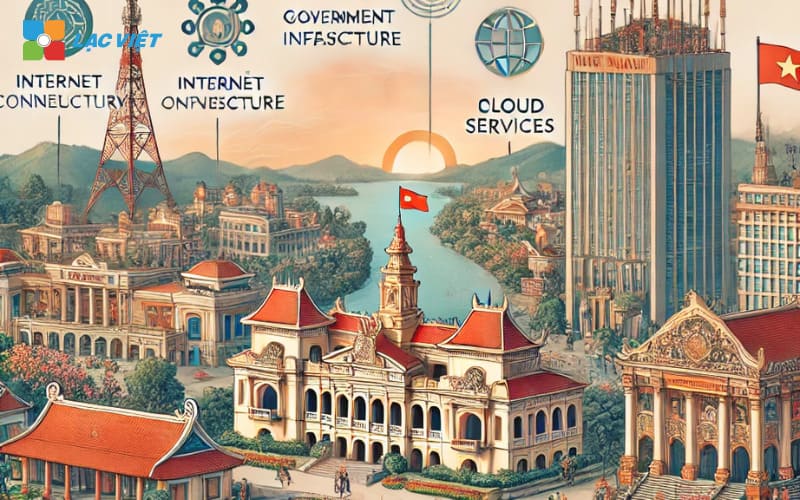
4. Functions and benefits of Electronic government
Although there are different viewpoints, but can understand in a simple way: e-government is the application of information technology – communication to the government agency innovate, work force, efficient and more transparent, provide information, better services for people, businesses and organizations; at the same time create more favorable conditions for people to exercise democratic rights of his participation in the state administration. In short, e-government is government activities, effective, more efficient, provide better service on the basis of application, information technology – media.
Join e-government consists of 3 subject: people, government and business. The interactive relationship between 3 subject include:
G2C: government relations with people.
G2B: government relations with business.
G2G: relations government agencies together.
The basic goal of integrated marketing solutions is process improvement work in government agencies through the administration electronic, improve relations with people through e-citizen and proceed to build a knowledge society on the IT platform.
The development of e-government undergo a number of different stages. Depending on the phase (implementation and maintenance), the complexity increased more, but worth bringing back to the people and business also increased (which is somewhat increased for The government through the work may have more sources of indirect or direct).
A model of e-government has been widely used by research and consulting firm Gartner built, pointing out the four stages (or period) of the process of developing Electronic government.
– Information: in the first phase, e-government means the presence on the site and give the public the information (appropriate). Value brings in a place the public can access the information of government, the process becomes more transparent, thereby improving the quality of services. With G2G, government agencies can also exchange information with each other by electronic means, such as the internet or intranet.
– Interactive: in the period of Monday, the interaction between government and citizens (G2C and G2B) are through many different applications. People can exchange directly via electronic mail, using the lookup tool, download forms and documents. These interactions help save time.
Fact, the receiving application from can be made online 24 hours a day. Typically, these actions can only be made at the reception of people in the current administration. In terms of internal (G2G), the institutions of government using a LAN, intranet, and e-mail for communication and data exchange. Clear this stage can only be done once you've made administrative reforms (with the mechanism of an electronic door, door mechanism related electronics), according to Decision no. 93/2007/QD-TTg dated June 22, July 6, 2007 of The Prime minister.
– Transaction: with stage Tuesday, the complexity of technology has increased, but the value of the customer (in the G2C and G2B) also increase. The complete transaction can be made without need to go to administrative agencies.
Can take the example of the online services such as registration, income tax registration, property tax, renewal/issuance of new permits, visas and passports, voting through the network. Stage 3 is complicated by the issue of security and personalization, such as digital signature (electronic signature) is required to enable the implementation of the transfer of services in a legal manner.
About aspect enterprise, e-government begins with the application of buying and selling online. At this stage, the internal processes (G2G) must be redesigned to provide the service is good. The government needs the law and the new regulations to enable the implementation of the transaction do not use material in paper.
– Metabolism: the fourth stage is when all system information is integrated and the public can benefit from the services G2C and G2B at a table transaction (transaction virtual). At this stage, cost savings, efficiency and demand response customers have achieved the highest level can be.
Not necessarily every step of development and service must be within the same stage. Indeed, it is important to know to filter out a number of services need to get to stage 2 and stage 3 and bring out the pattern on the role and motive to advance to continue.
About central issues of G2C and G2B, with G2C should put the emphasis on the initial stages are 1 and 2. However, with G2B, you should focus your efforts to achieve phase 2 and phase 3 and the final destination is phase 4 (but this is a long-term goal from 10 to 15 years).
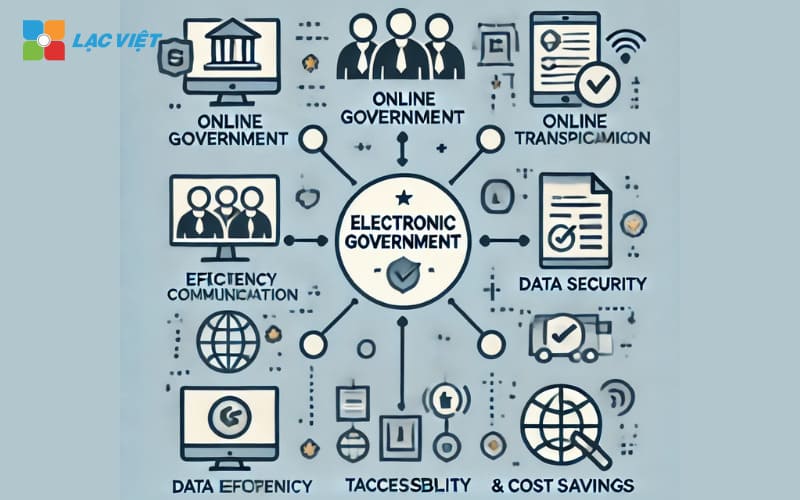
5. The goal of e-government (Electronic government)
The general goal is to increase capacity, improve operating efficiency, state of the government, bring convenient for the people, enhance the transparency, reduce government spending. The specific objectives are:
- Capacity the executive management of The government and government agencies at all levels (exchange electronic documents, collect accurate information and timely decisions, briefings, electronic ...).
- Provide for the people and business of public services, create conditions for people easy access everywhere.
- Citizens can participate in policy formulation, contribute to the process of law making process, the executive of government in a positive way.
- Reduced cost for the machinery of government.
- Perform a government of modern, efficient and transparent.
- E-government will create style councilor for new methods, new, offering services for people and improve the management capacity to run the country.
So that over time, countries have tried to invest in building Electronic government. Building Electronic government in Vietnam is an urgent requirement, it is an important part in the reform process background the national administration.
In the context of the lives of goods, E-government not only a movement but also very necessary to develop a social justice and progress. The use of technology in public administration, help increase efficiency, transparency. It is the foundation work to build a government professional to serve the goal state administration and promote economic development sustainable.
CONTACT INFORMATION:
- Lac Viet Computing Corporation
- Hotline: (+84.28) 3842 3333
- Email: info@lacviet.vn – Website: www.lacviet.vn
- Headquarters: 23 Nguyen Thi Huynh, P. 8, Q. Phu Nhuan, Ho Chi Minh city

